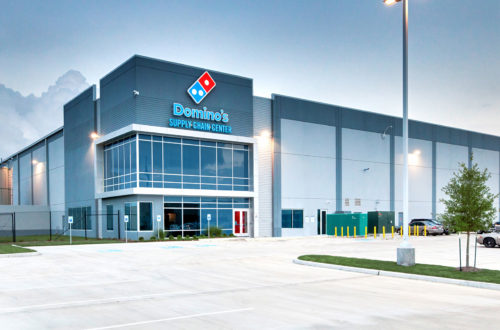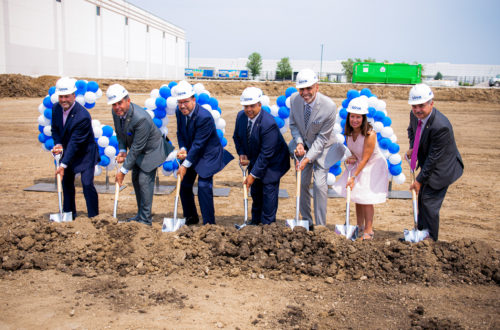ARCO’s design/build delivery method provides customers with go to contract pricing based on in-house preliminary design at no cost. Contact us today for more information: [email protected]
ARCO’s design/build delivery method provides customers with go to contract pricing based on in-house preliminary design at no cost. Contact us today for more information: [email protected]
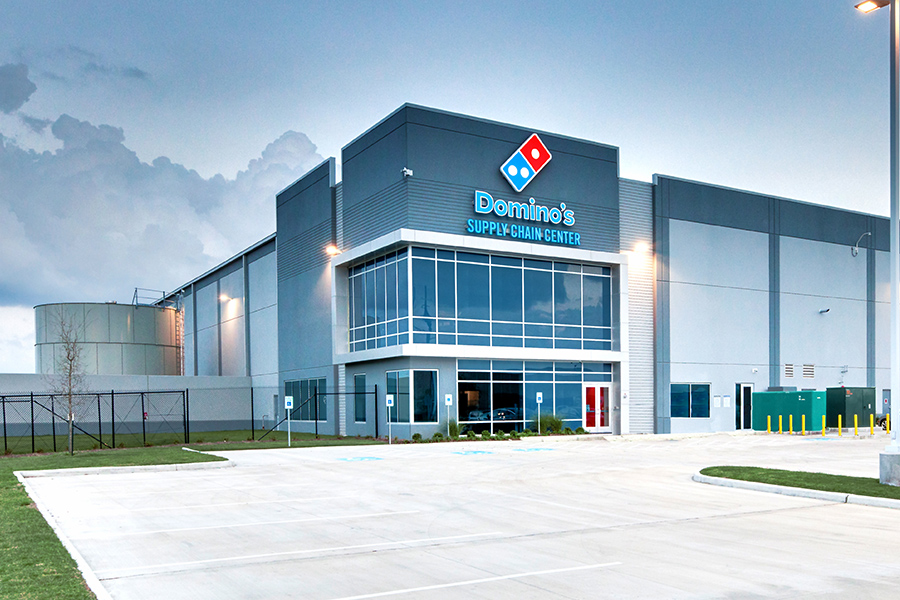
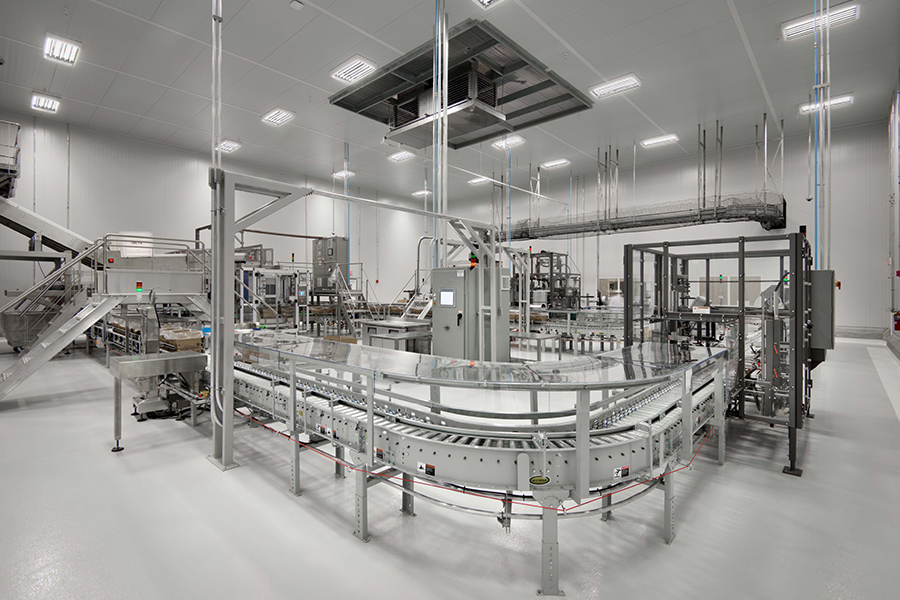
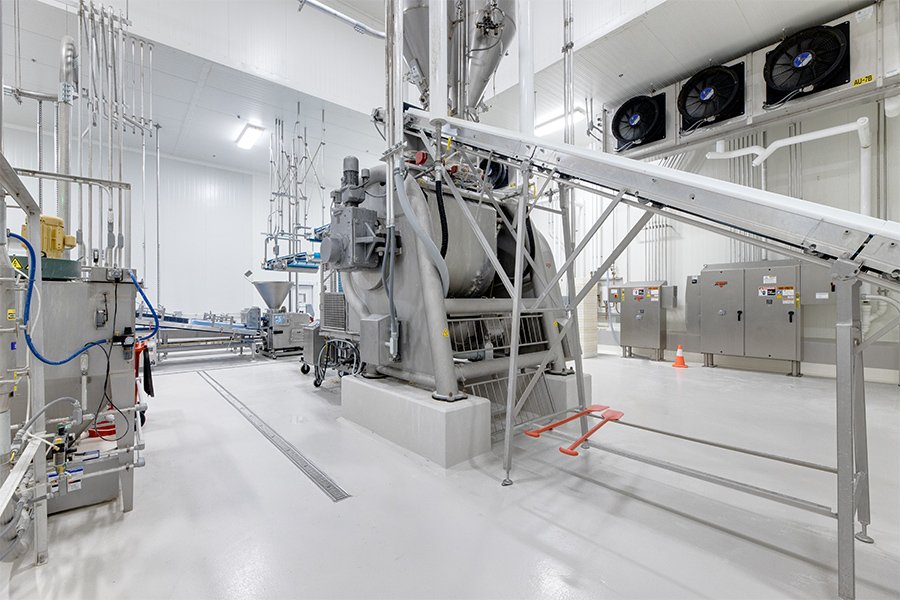
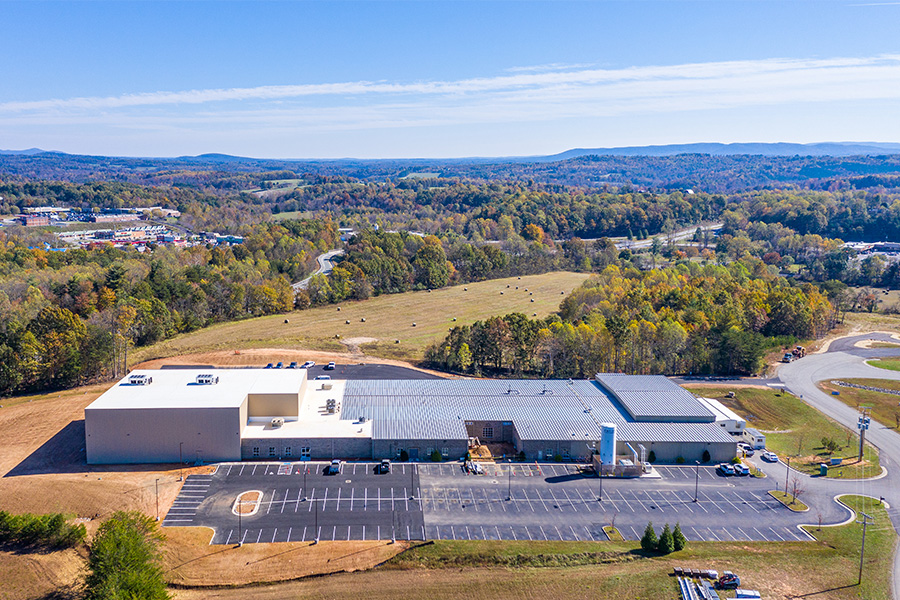
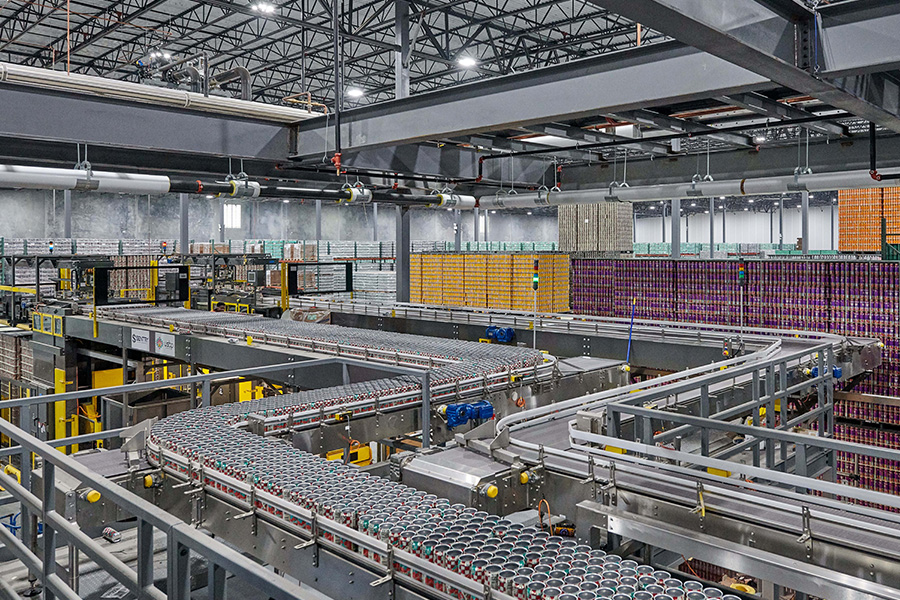
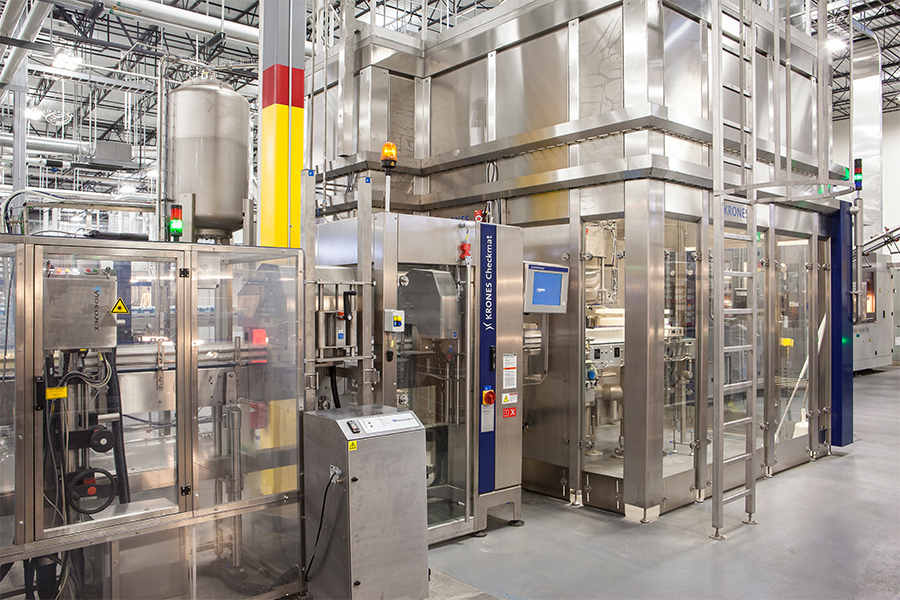
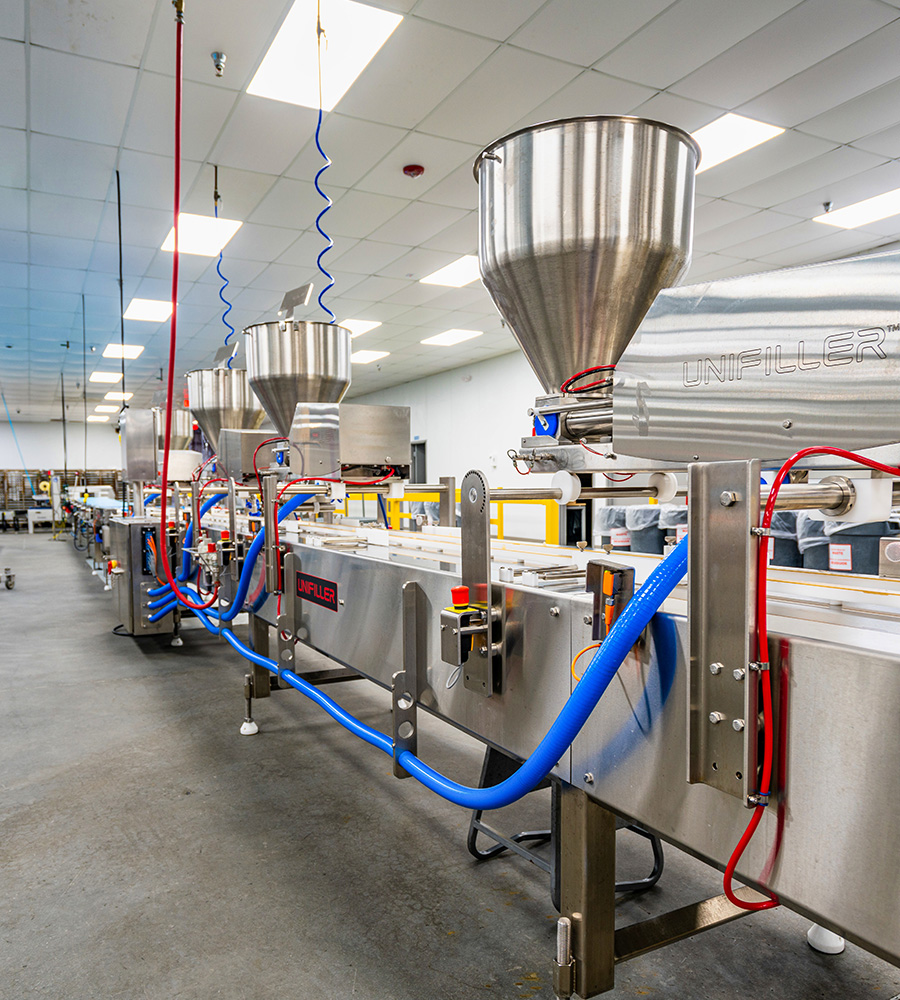
Because of the complex and unique equipment requirements of food manufacturing and processing facilities, collaboration between the design team, contractor, and processing equipment vendors should take place in the earliest stages of a project. This will ensure the most ideal overall facility layout is developed to accommodate the equipment requirements specific to the products being produced and processed.
During the beginning stages of a project, the design-build team must analyze:
Analyzing these elements early on also allows for more accurate master schedule development, resulting in the establishment of a seamless sequencing plan for equipment installation to ensure delays are avoided.
When designing and building a food manufacturing and processing facility, sanitation and safety should be of the utmost importance. Beyond USDA and FDA requirements, ensuring that a facility is properly equipped to eliminate cross-contamination and bacteria and mold growth is essential to avoiding potential product recalls. Design and construction elements such as flooring types, air pressure balancing and filtration, space segregation, and drain locations should all be carefully considered.
In most cases, fluid-applied flooring such as epoxy or polyurethane are utilized to avoid any bacteria or mold growth. However, the food type being processed, what chemicals will be hitting the floor, and maximum temperatures should be considered. Drain locations should also be located strategically for process water, equipment CIP, and drainage during wash down.
Air changes, filtration, and directional flow are additional key safety considerations. This is especially true of facilities in which allergen sensitive products are being produced, as airborne contaminants such as gluten can easily cause cross-contamination. The need for segregated storage areas and dedicated process lines should also be addressed.
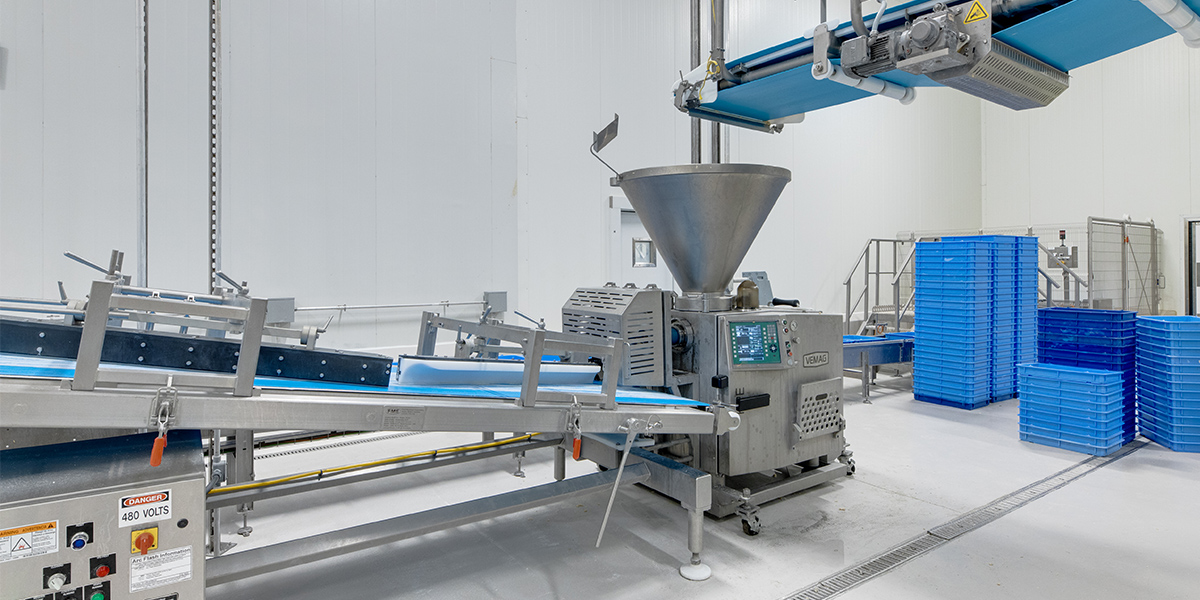
Choosing the proper location for a food manufacturing and processing facility is a crucial component of achieving a successful development. Distance from raw materials, surrounding transportation infrastructure, and the local labor market should all be considered. Additionally, partnering with a contractor that offers value added site selection services will help avoid unforeseen schedule delays or cost increases once construction starts.

ARCO’s project delivery method combines quality of design and construction, management of capital expense and adherence to schedule into a single point of responsibility. As a result, our customers reap the benefit of total integration. Our team of design-build construction experts effectively gain an understanding of each client’s business and analyze the key components to reduce exposure and provide the best value to clients.
Additionally, ARCO’s design-build approach is unique in that we offer preliminary design at no cost to our customers to remove the risk of substantial upfront expense.
With more than 260 projects totaling more than 32 million square feet completed for our food and beverage clientele, ARCO can take on even the most challenging projects. In an industry where expertise is essential, we are proud to be a trusted advisor of some of the biggest names in the business.
Contact ARCO’s Director of Preconstruction, Brian Westre, to learn more about how we can provide creative solutions and alternatives to make your food manufacturing and processing construction project feasible, regardless of complexity or scale.

